Tears of the Kingdom’s mayoral conflict reflects the series’ evolution over the years
A Link to the Past and a Breath of Something New
With The Legend of Zelda: Tears of the Kingdom, Link is back in Hyrule, but things aren’t quite what they used to be. Various communities across the land have been reacting to the changes quite differently. Over in Kakariko, for instance, strange ring-shaped ruins have fallen from the sky, and folks aren’t sure what to make of it or how to proceed.
Hateno is also undergoing change, forcing its inhabitants to reconsider the village’s core identity and its future. This is epitomized by fashion designer Cece and mayor Reede, who have very different visions of what will serve their beloved settlement best. “Team Cece or Team Reede?” is one of Tears of the Kingdom‘s more memorable questlines, and it parallels the franchise’s own negotiations of convention and change within the modern gaming landscape.
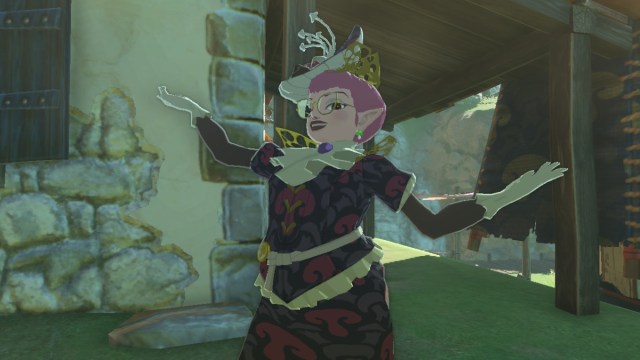
Cece, Reede, and the Fate of Hateno Village in Tears of the Kingdom
Inhabited by the humanoid Hylians, Hateno Village is relatively small, and in Breath of the Wild, it is shown that the humble inhabitants mainly rely on agriculture. The village returns in Tears of the Kingdom, though things have changed slightly.
Many of the villagers no longer wear their regular rags, but instead sport mushroom-inspired outfits designed by Cece. Though the designs may seem odd at first, it is apparent that they have caught on. Even outside of Hateno, Link regularly spots Hyruleans wearing colorful mushroom hats.
Cece’s forward-thinking fashion benefits Hateno by bringing in a younger crowd. Unfortunately, conflict arises, as not everybody is on board with the sudden change. Some citizens are traditionalists, and they would much prefer things remain as they were. This is understandable, as traditions often have deeply rooted reasons for their existence, even if they aren’t overt. They’d rather see Hateno known for agriculture than fashion.
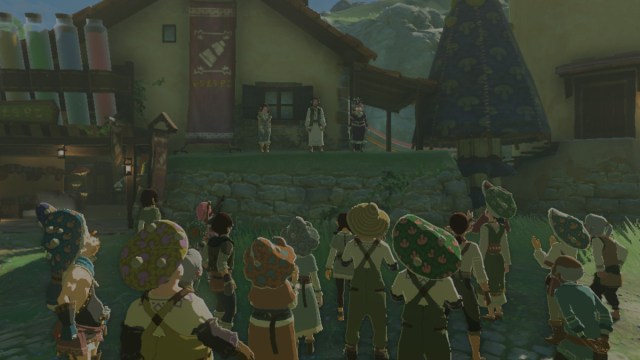
Hateno Village’s Mayoral Election and the Great Solution
The conflict reaches a peak during the quest titled “The Mayoral Election“. Cece wants to lead the village into a future of mushroom-inspired fashion. On the other hand, Reede wishes to retain the agricultural heritage of the village. The two appear diametrically opposed at first, but upon closer inspection, Link discovers that their ideologies aren’t as incompatible as they initially seem.
Cece can’t entirely turn her back on Hateno’s traditions, and she is secretly in love with the village’s vegetables! Similarly, Reede claims to be a traditionalist, but he privately acknowledges the benefits of innovation. Hence, he has clandestine plans to team up with Nack and get the youth interested in agriculture by creating new pumpkins based on Cece’s designs.
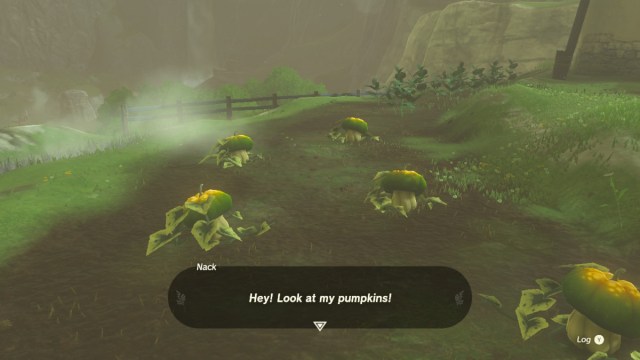
When election day rolls around, their secrets are revealed, and the two realize that they don’t have to be enemies. Instead, innovation and tradition can be balanced to bring about the best benefits of both. As Reede concludes, the “best way to keep Hateno Village vibrant is to work together to combine traditional culture with new ideas”. The lesson is a poignant one, and it addresses issues that have surrounded the new era of The Legend of Zelda.
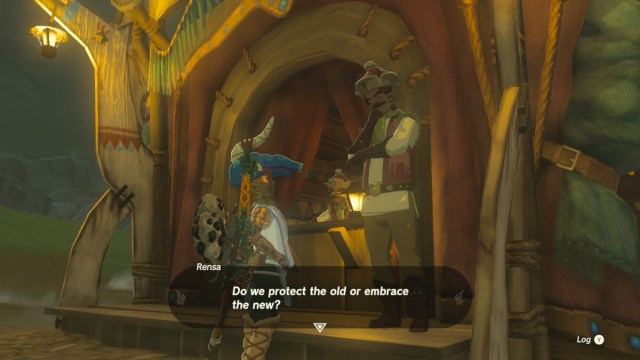
Is The Legend of Zelda on Team Cece or Team Reede?
When development for Breath of the Wild began, it seems like Nintendo was thinking deeply about ways to liven up and innovate the franchise. The reasoning behind this isn’t complicated. As iconic The Legend of Zelda producer Eiji Aonuma explained in 2013, “things that don’t change with the times are going to get lost.” It very much seems that there was a strong Cece-esque philosophy of wanting to draw in a fresh audience. In the same interview, Aonuma also admitted that he hoped to “get more people into Link.”
Nevertheless, there were certainly plenty of Reede-esque elements to the game, and despite the drastic format change, it is firmly rooted in the franchise’s history. For instance, the non-linear gameplay that characterizes Breath of the Wild hearkens back to A Link Between World‘s design. Rather than exclusively leaning into tradition or clawing for innovation, the two philosophies are harmonized.
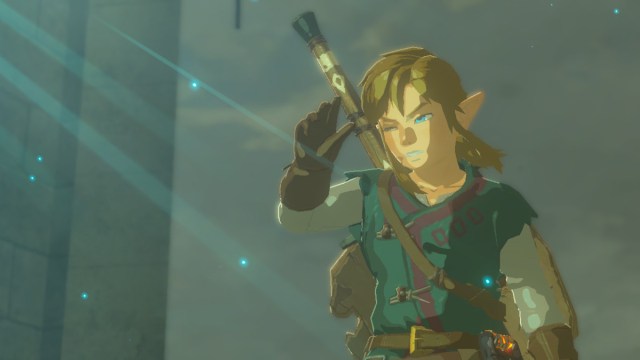
The constant dynamic balancing of both tradition and innovation is also seen in Tears of the Kingdom, albeit in a bit more refined form. Once again, there are plenty of elements from the franchise’s past presented. Most strikingly, the floating islands peppering Hyrule’s upper regions will not be a new sight to anyone familiar with Skyward Sword.
Furthermore, the Temples of Tears of the Kingdom have been greatly inspired by past The Legend of Zelda titles. As art director Satoru Takizawa has explained, “the four Divine Beasts were the dungeons in the last game, and they shared similar designs. This time, the dungeons are huge and each carry their own regional look and feel, just like traditional The Legend of Zelda games.”
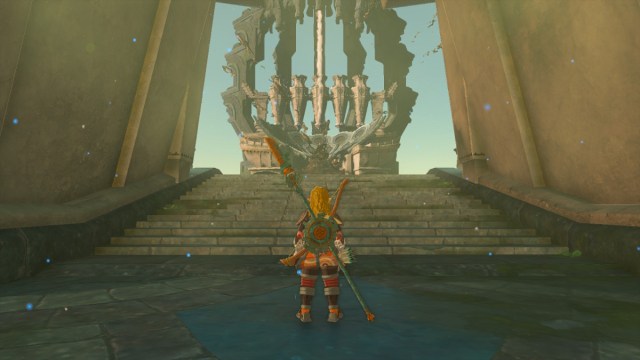
This doesn’t mean that Tears of the Kingdom has foregone innovation. Instead, it has leaned further into what Nintendo has dubbed the “open air” genre, which is something Aonuma has claimed will be the new format for the franchise going forward.
Much like Hateno Village, The Legend of Zelda has had to renegotiate its identity, and it’s not always clear what the correct path forward is. In the end, as the inhabitants of Hateno discover, neither Reede’s nor Cece’s philosophy will lead to success in isolation. Instead, a delicate blend of the two is necessary, and when it is struck, the result is an experience as impactful as Tears of the Kingdom.
For all the latest Gaming News Click Here
For the latest news and updates, follow us on Google News.

